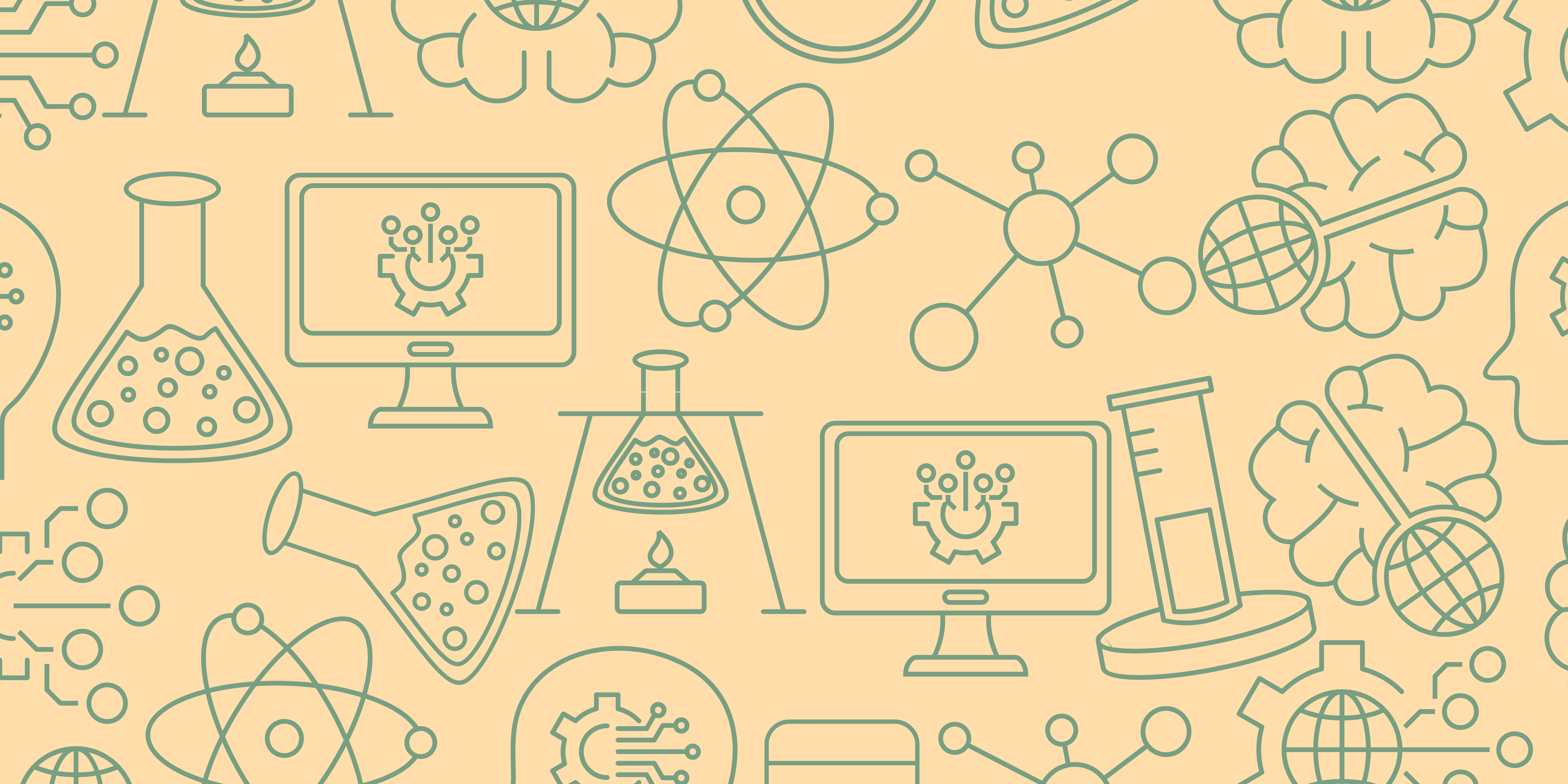By Jennifer Smith
The urgency we can’t ignore
In a language class in southern Tunisia, students are asked to debate the meaning of a proverb and defend their interpretations with evidence from daily life. As they weigh different viewpoints, test arguments, and refine their reasoning, they are practicing the same analytical and problem-solving skills that underpin STEM subjects. There is no sophisticated science lab or high-speed internet, yet students are learning to ask questions, test ideas, and link abstract concepts to their daily lives. Scenes like this reveal a deeper truth: STEM education is not about tech and gadgets. It is about nurturing the creativity and problem-solving skills every young person carries within them.
The world is changing faster than our classrooms. From the climate emergency to mass unemployment and digital disruption, young people are facing challenges unlike any generation before them. Yet our education systems remain stuck in the past, overloaded with outdated curricula and narrow definitions of success.
If we are serious about preparing youth for the future, we must rethink how we approach STEM education. It cannot remain a privilege for a few or a narrow track for tech enthusiasts. STEM should be understood as a set of transversal competencies—problem solving, systems thinking, collaboration, and resilience. These are the skills every young person needs to navigate an uncertain world.
The perception shift
Too often, STEM is reduced to coding bootcamps or lab experiments. The true value of STEM lies not in the tools themselves but in the ways of thinking they unlock.
- STEM competencies every student needs:
- Problem solving: tackling unpredictable challenges.
- Systems thinking: understanding how climate, health, and economies are interconnected.
- Collaboration: solving problems together, not in isolation.
- Creativity and Resilience: adapting and persevering in the face of setbacks.
- Critical thinking: analysing and evaluating information to inform decision making.
These skills are not confined to science labs or computer rooms. They can and should be woven into every subject. A history lesson that maps the systems behind migration, an art class that incorporates engineering design principles, or a literature class that dissects human decision making, can build the same competencies as a robotics workshop.
Equity and access
For millions of students, STEM education remains out of reach. Girls, refugees, rural youth, and those in under resourced schools are often excluded by because of the entrenched belief that STEM is tech and resource-reliant . But the barrier is not a lack of talent. It is a lack of opportunity.
Teacher led integration of STEM competencies can change this. Even in classrooms with limited resources, teachers can nurture critical thinking and problem solving without expensive labs or gadgets. A math teacher guiding students through real world budgeting, or a science teacher linking lessons to local water challenges, is building future ready skills.
Equity means ensuring that every young person, regardless of gender, geography, or income, has access to the competencies needed for a just transition to the future economy.
The green economy clarified
Much is made of green jobs, often imagined as positions in solar power or wind energy. But sustainability is reshaping every sector—agriculture, construction, health, and finance included. The future will not be divided into green and non green work. It will be defined by how all work adapts to the climate crisis.
All youth therefore need adaptable, climate relevant skills, not simply technical training for a limited number of niche roles. The next generation of farmers must understand data. The next generation of doctors must grasp the links between climate and disease. The next generation of entrepreneurs must balance profit with planetary limits.
Teachers as multipliers
No platform or policy can match the profound, long term influence of a teacher. Over the span of a career, a single teacher may shape the lives of more than 3,000 students. If STEM competencies are embedded in everyday lessons, the multiplier effect is enormous.
This is why teachers a powerful lever for systemic change. They are the bridge between policy and practice, between lofty goals and lived learning. Investing in teachers is the smartest investment we can make in the future of STEM.
The path forward
Reframing STEM education is not about gadgets, slogans, or adding yet another strategic priority to already overburdened schools. It is about competencies not subjects. Giving young people adaptability, agency, and opportunity. Embedding problem-solving, systems thinking, and resilience into every classroom so all youth are prepared for the world they will inherit.
In a climate-affected and digital world, redefining STEM is not a luxury. It is the cornerstone of resilience and opportunity.


